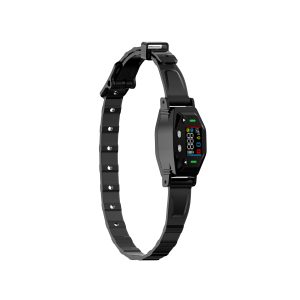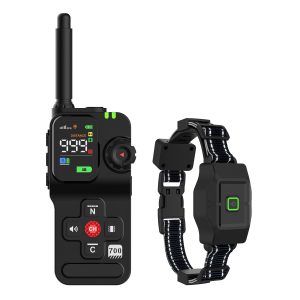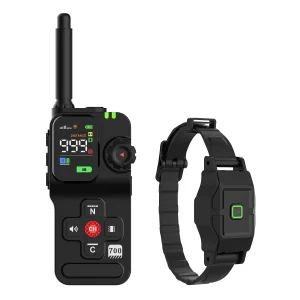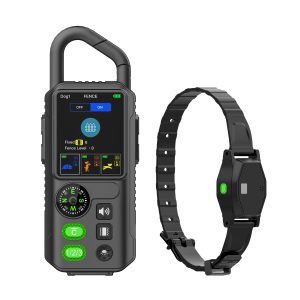BHCey Wireless Dog Fence Troubleshooting: A Comprehensive Guide
In today’s modern world, wireless dog fences offer a convenient solution for pet owners looking to keep their furry friends safe and secure. However, like any technology, these systems can sometimes encounter issues that may leave pet owners scratching their heads. In this blog post, we will dive into the common problems that users face with BHCey wireless dog fences and provide step-by-step troubleshooting tips to help you resolve them.
1. Fence Signal Interference
One of the most common issues with wireless dog fences is signal interference. This can be caused by various factors such as electronic devices, metal objects, or even terrain features like hills or trees. To troubleshoot this problem, try relocating the transmitter to a higher position or away from potential sources of interference.
2. Boundary Warnings Despite Correct Installation
If your wireless dog fence keeps triggering boundary warnings even though you’ve followed the installation instructions correctly, there may be issues with the signal range or the collar’s calibration. Check the signal strength around your property and recalibrate the collar to ensure it is working properly.
3. Inconsistent Signal Reception
Sporadic signal reception can be frustrating for pet owners and dangerous for pets. To address this, make sure to check the batteries in both the transmitter and the collar regularly. Weak batteries can result in inconsistent signal transmission. Additionally, clear any obstructions that may be blocking the signal’s path.
4. Pet Not Responding to Warning Signals
If your dog is not responding to the warning signals emitted by the wireless fence collar, it could be due to desensitization or a lack of proper training. Reinforce the training with positive reinforcement and ensure that your pet associates the warning signals with the boundaries of the fence.
5. Boundary Line Inaccuracy
Sometimes, the boundary line established by the wireless dog fence may be inaccurate, leading to confusion for both pets and owners. To address this issue, consider adjusting the signal range on the transmitter and conducting a fresh calibration of the collar to ensure precise boundary detection.
6. Collar Fit and Comfort
Ensuring your pet’s comfort and safety is crucial when using a wireless dog fence. Check the fit of the collar regularly to prevent any discomfort or skin irritation. Make sure it is snug but not too tight, and remove it periodically to allow your pet’s skin to breathe.
By following these troubleshooting tips and addressing common issues with BHCey wireless dog fences promptly, you can ensure a secure and reliable containment system for your furry companion. Remember to regularly maintain and inspect the components of the fence to prevent any potential problems from arising.




